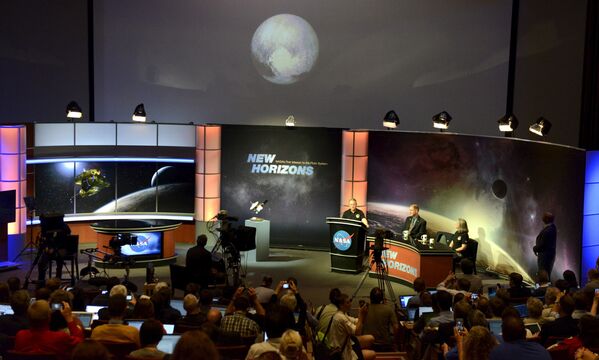A Agência Espacial Norte-Americana (NASA) confirmou na terça-feira (14) a chegada da sonda New Horizons perto de Plutão. A sonda que saiu da Terra no ano de 2006, ficou a exatos 12.472 quilômetros (7.750 milhas) do planeta-anão. De acordo com a Nasa, responsável pela missão, o fato inédito ocorreu às 8h49 (horário de Brasília).
Lançada pela NASA, a New Horizons tem como objetivo trazer informações sobre o planeta-anão e vai completar uma rota de 4,77 bilhões de quilômetros.
Além de ser a primeira missão que explorou Plutão, a Nasa aponta que a New Horizons quebrou alguns recordes. É a primeira a chegar a um planeta congelado anão, a explorar o Cinturão de Kuiper (área onde fica Plutão), a primeira desde 1970 a explorar um planeta desconhecido e a nave mais rápida da história: a velocidade chegou até a 21 km/s.
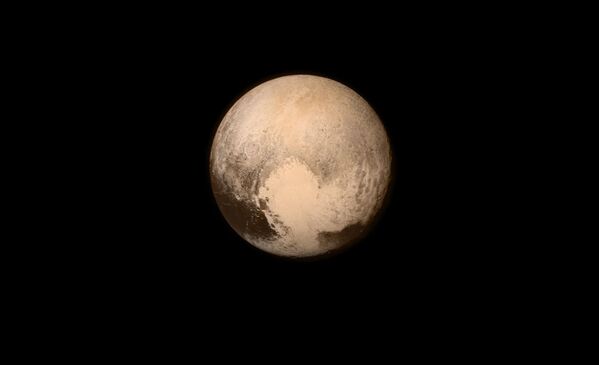
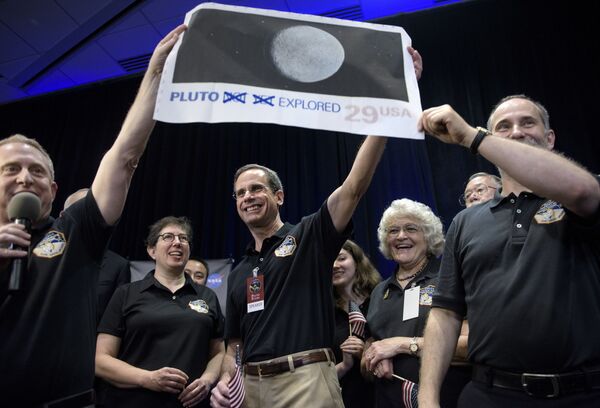
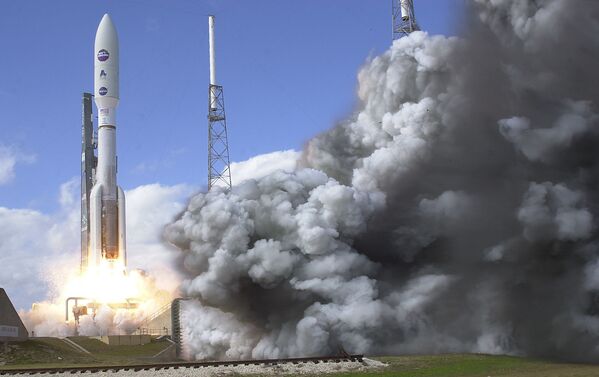
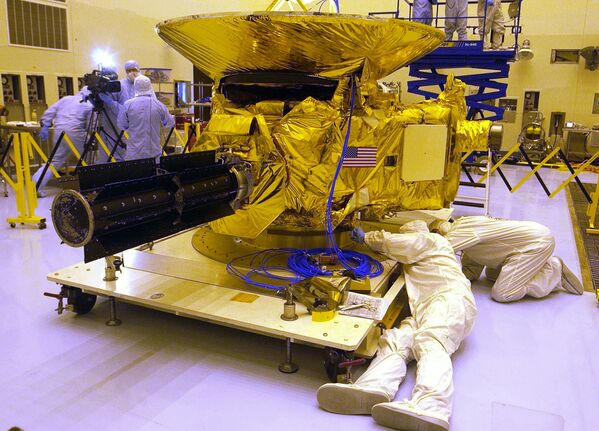

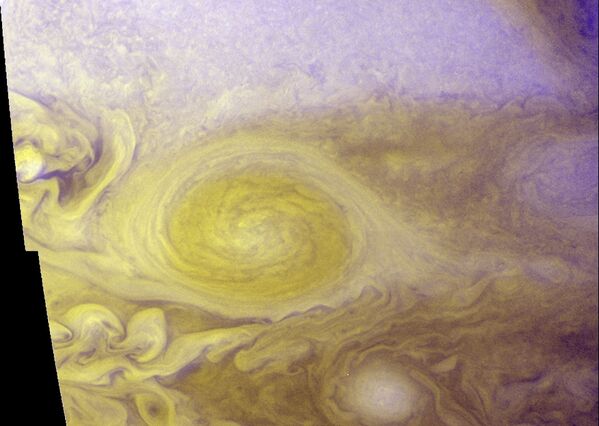
The Little Red Spot is the second largest storm on Jupiter, roughly 70% the size of the Earth, and it started turning red in late-2005. The clouds in the Little Red Spot rotate counterclockwise, or in the anticyclonic direction, because it is a high-pressure region. In that sense, the Little Red Spot is the opposite of a hurricane on Earth, which is a low-pressure region - and, of course, the Little Red Spot is far larger than any hurricane on Earth. Scientists don't know exactly how or why the Little Red Spot turned red, though they speculate that the change could stem from a surge of exotic compounds from deep within Jupiter, caused by an intensification of the storm system. In particular, sulfur-bearing cloud droplets might have been propelled about 50 kilometers into the upper level of ammonia clouds, where brighter sunlight bathing the cloud tops released the red-hued sulfur embedded in the droplets, causing the storm to turn red. A similar mechanism has been proposed for the Little Red Spot's "older brother," the Great Red Spot, a massive energetic storm system that has persisted for over a century.
New Horizons is providing an opportunity to examine an "infant" red storm system in detail, which may help scientists understand better how these giant weather patterns form and evolve.
Deutsch: Little Red Spot (zweitgrößter Wirbelsturm) auf dem Planeten Jupiter. Siehe auch hier.
